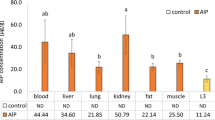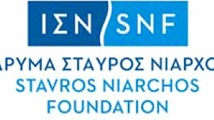Abstract
ONE of the major difficulties in the work of helminthologists has been to differentiate between living and dead nematodes. According to Lapage1, most of those who have studied the metabolism of these worms have taken their failure to move either as a result of or without the action of a stimulus as an indication that they are not alive.
This is a preview of subscription content, access via your institution
Access options
Subscribe to this journal
Receive 51 print issues and online access
$199.00 per year
only $3.90 per issue
Buy this article
- Purchase on Springer Link
- Instant access to full article PDF
Prices may be subject to local taxes which are calculated during checkout
Similar content being viewed by others
References
Lapage, G., "Nematodes Parasitic in Animals" (London, 1937).
Baunacke, W., Untersuchungen zur Biologie und Bekämpfung des Rubennematoden (Heterodera schachtii, Schmidt). Arb. Biol. Reichamst. Land. u. Forstw., XI (1922).
Author information
Authors and Affiliations
Rights and permissions
About this article
Cite this article
BOYD, A. Determination of Death in the Larvæ of the Potato Root Eelworm. Nature 148, 782–783 (1941). https://doi.org/10.1038/148782b0
Issue Date:
DOI: https://doi.org/10.1038/148782b0
Comments
By submitting a comment you agree to abide by our Terms and Community Guidelines. If you find something abusive or that does not comply with our terms or guidelines please flag it as inappropriate.



